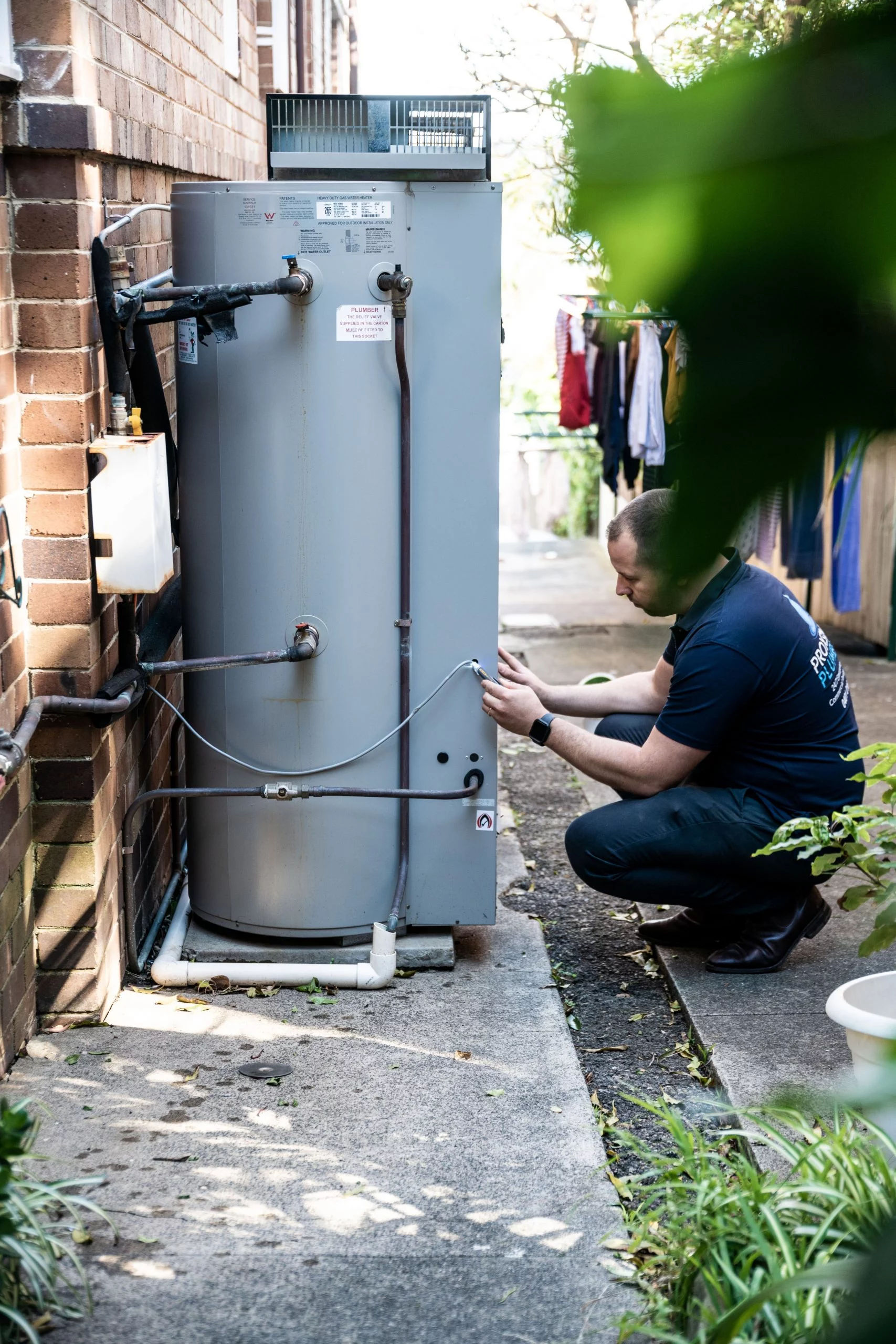Maintaining Your Home's Hot Water System: Important GuidelinesSimple Guide to Caring for Your Home's Hot Water SystemUseful Techniques for Maintaining Your Home's Hot Water System
Maintaining Your Home's Hot Water System: Important GuidelinesSimple Guide to Caring for Your Home's Hot Water SystemUseful Techniques for Maintaining Your Home's Hot Water System
Blog Article
What're your thoughts about Tips on Maintaining a Water Heater?

Hot water is crucial for daily comfort, whether it's for a revitalizing shower or washing meals. To guarantee your hot water system runs efficiently and lasts longer, routine upkeep is essential. This write-up supplies functional suggestions and understandings on just how to preserve your home's warm water system to stay clear of disturbances and costly repair services.
Intro
Keeping your home's warm water system might appear challenging, however with a couple of straightforward steps, you can ensure it operates efficiently for several years to come. This guide covers everything from understanding your hot water system to DIY maintenance tips and knowing when to contact expert assistance.
Value of Maintaining Your Hot Water System
Routine upkeep not just expands the life-span of your warm water system but also ensures it operates efficiently. Ignoring upkeep can cause reduced effectiveness, higher energy costs, and also early failure of the system.
Indications Your Hot Water System Needs Maintenance
Knowing when your warm water system needs attention can prevent significant problems. Watch out for signs such as inconsistent water temperature, odd sounds from the heater, or corroded water.
Purging the Water Heater
Flushing your hot water heater removes debris build-up, enhancing efficiency and lengthening its life.
Monitoring and Replacing Anode Rods
Anode poles prevent deterioration inside the container. Examining and replacing them when broken is vital.
Complicated Issues Requiring Specialist Assistance
Examples consist of major leakages, electrical problems, or if your hot water heater is continually underperforming.
Routine Professional Upkeep Benefits
Specialist maintenance can consist of thorough examinations, tune-ups, and making sure compliance with safety and security requirements.
Inspecting and Changing Temperature Level Setups
Readjusting the temperature setups makes certain ideal efficiency and safety and security.
DIY Tips for Maintenance
You can carry out several upkeep tasks on your own to keep your warm water system in top problem.
Looking for Leaks
Routinely evaluate pipes and links for leakages, as these can lead to water damage and higher bills.
Comprehending Your Warm Water System
Before diving into maintenance tasks, it's useful to comprehend the basic elements of your warm water system. Generally, this includes the water heater itself, pipelines, anode poles, and temperature controls.
Regular Monthly Upkeep Tasks
Regular regular monthly checks can aid catch small concerns before they escalate.
Checking Stress Alleviation Valves
Checking the stress safety valve ensures it works appropriately and prevents excessive pressure accumulation.
Insulating Pipes
Protecting hot water pipelines lowers heat loss and can save energy.
When to Call a Specialist
While DIY upkeep is beneficial, some issues need expert expertise.
Conclusion
Normal upkeep of your home's warm water system is vital for effectiveness, longevity, and cost savings. By following these tips and recognizing when to seek expert assistance, you can make sure a dependable supply of hot water without unforeseen interruptions.
How to Maintain an Instant Hot Water Heater
Before tinkering with your hot water heater, make sure that it’s not powered on. You also have to turn off the main circuit breaker and shut off the main gas line to prevent accidents. Also turn off the water valves connected to your unit to prevent water from flowing into and out of the appliance. 2. When you’re done, you have to detach the purge valves’ caps. These look like the letter “T” and are situated on either side of the water valves. Doing so will release any pressure that has accumulated inside the valves while at the same time avoid hot water from shooting out and burning your skin. 3. When the purge valves’ caps are removed, you have to connect your hosing lines to the valves. Your unit should have come with three hoses but if it didn’t, you can purchase these things from any hardware or home repair shops. You can also get them from retail stores that sell water heating systems. Read the user’s manual and follow it to complete this task properly. When the hosing lines are connected, open the purge port’s valves. 4. You should never use harsh chemical cleaners or solutions when cleaning your unit. Make use of white vinegar instead. It should be undiluted and you’ll probably use about 2 gallons. 5. Now flush your water heater. This task should probably take about 40 minutes. We can’t give you specific directions for this because the procedure is carried out depending on the type, model and brand of your heater. With that being said, refer to the user’s manual. 6. When you’re done draining the unit, you have to turn off the purge port valves again. Remove the hosing lines that you earlier installed on each of the water valves. Put the valve caps (purge port) back in their respective places and be very careful so as not to damage the rubber discs that are found inside these caps. 7. Now that everything’s back in place, check your user’s manual again to find out how to reactivate your water heating system. 8. Once it is working, turn one of your hot water faucets on just to let air pass through the heater’s water supply pipes. Leave the tap on until water flows smoothly out of it. https://www.orrplumbing.com/blog/2014/september/how-to-maintain-an-instant-hot-water-heater/

As a devoted reader on How to Maintain a Hot Water Heater in a Few Simple Steps, I assumed sharing that piece of content was important. For those who liked our blog entry please consider to pass it around. Thanks for your time. Return soon.
Details Here Report this page